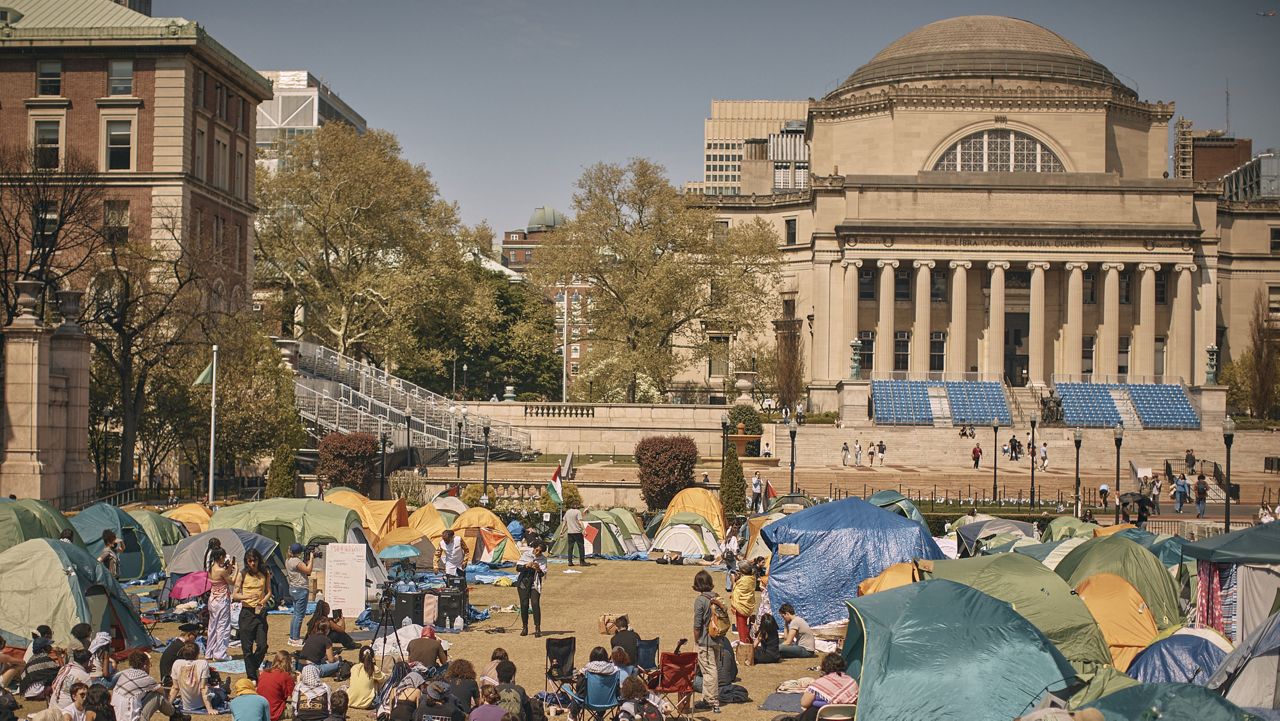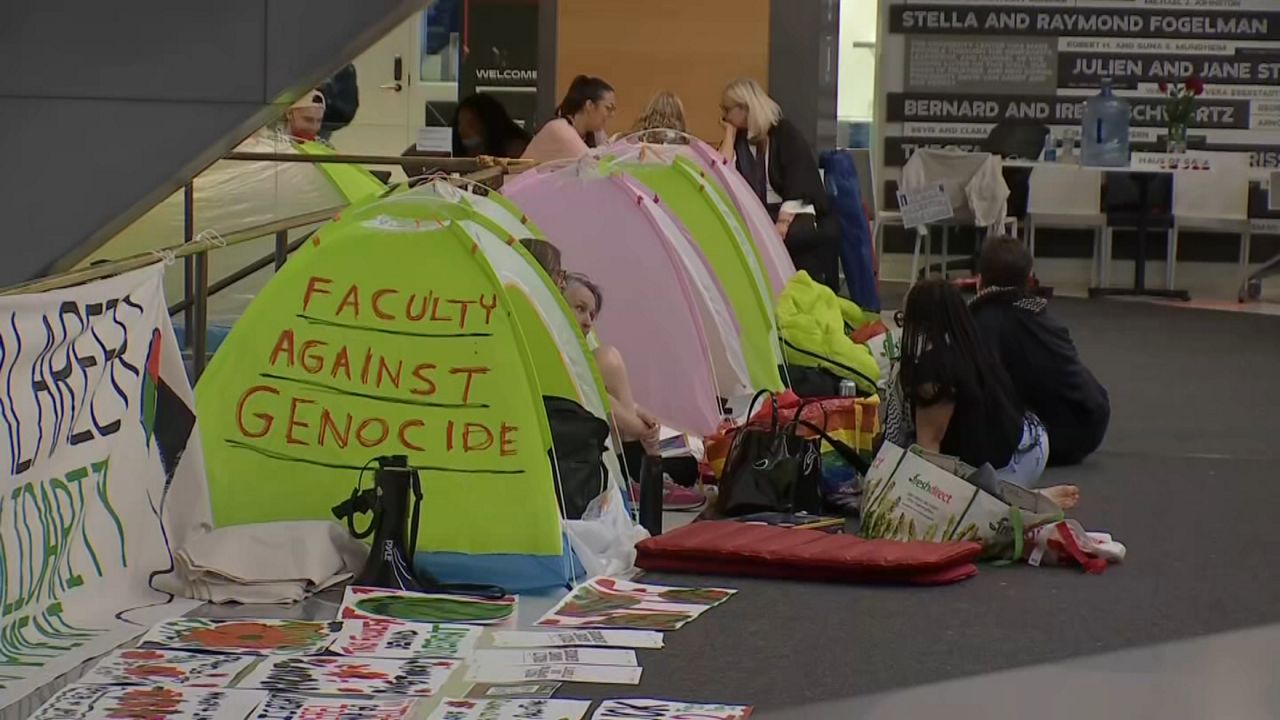Pretty soon, parents and others visiting public school buildings will be met with a locked door.
The Panel for Education Policy, or PEP, has approved a $43 million contract to outfit the city’s roughly 1,300 school buildings with door locks, cameras and buzzers to better control entry.
Schools Chancellor David Banks says the measures aim to prevent a mass shooting.
What You Need To Know
- The Panel for Education Policy, or PEP, has approved a $43 million dollar contract to outfit the city’s roughly 1,300 school buildings with door locks, cameras and buzzers to better control entry
- Schools Chancellor David Banks says the measures aim to prevent a mass shooting
- But some panel members have questions about how practical the system will be in practice
“God forbid that something happens and someone said to me, ‘what did you do chancellor? What did you do,’ when so many people have told me all over the city, ‘lock the front door, lock the door, you can’t just keep the door open and let someone in who wants to do harm to our kids,’” Banks said.
All school doors except the front entrance are already supposed to be locked and alarmed, to prevent children from leaving.
All visitors must use the front door and check in with a school safety agent. Still, in September, an intruder made it inside P.S. 28 in Queens after being mistaken for a participant in an after-school program, and fled from school safety officers towards the classrooms.
“Thankfully, I did have some martial arts training and was able to subdue the intruder in the elevator until the police came. Two days later, the city rose to the occasion and fitted out school front doors with a lock and buzzer system,” the school’s principal Robert Quintana told the PEP.
But many PEP members had unanswered questions about how the systems would actually work. While doors would be open for drop-off or dismissal, some noted large high schools have thousands of students, many of whom filter in late, and school safety agents can’t know every student or parents’ face.
“It’s going to be very, very hard not to buzz people in automatically, and in that case it does very little,” PEP member Ephraim Zakry said.
Others noted how frequently violent incidents, including shootings, have occurred outside of school buildings, not in them.
“I want to make sure the solutions we’re providing actually solve for the issues that we actually have,” panel member Tom Sheppard said.
Several members sought to postpone the vote to next month, in hopes of receiving more data from the education department on how the system is working at the small number of schools using it now.
“I have no information about how it’s worked out, how it’s been received, you know, how it affects students and people moving in and out of school buildings,” Sheppard said.
But ultimately, the contract passed without delay.
“If something happens in the interim, I’m not going to be able to sleep because we as a PEP board didn’t do everything that we can,” member Anthony Giordano said.
The education department says installation of the systems should begin this year.









